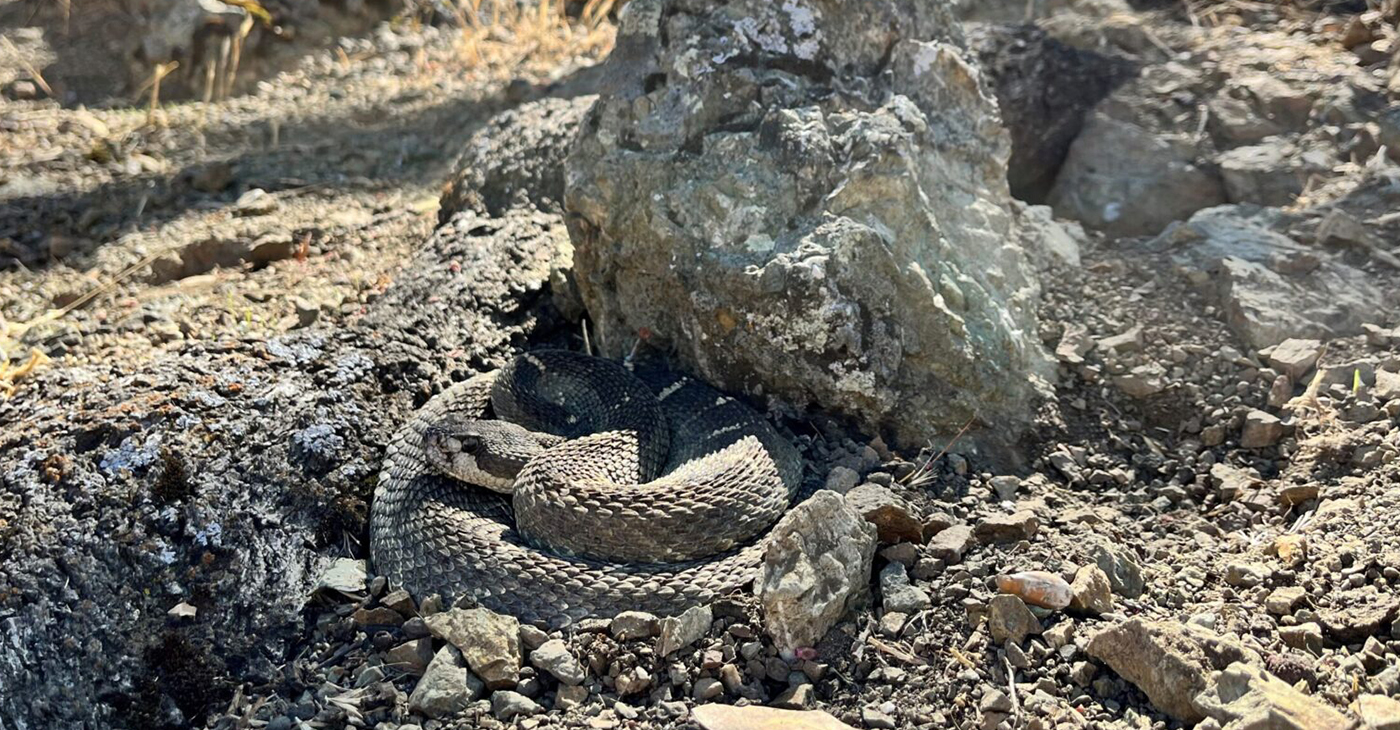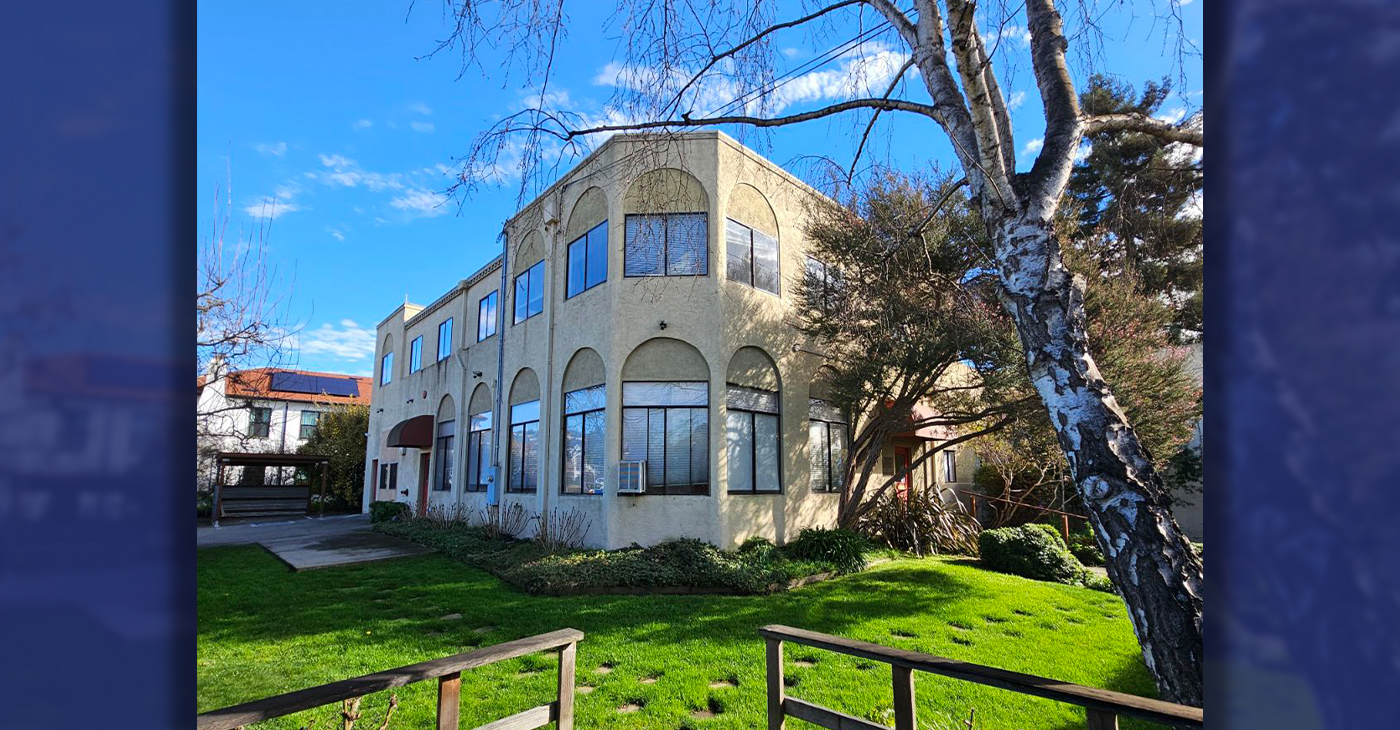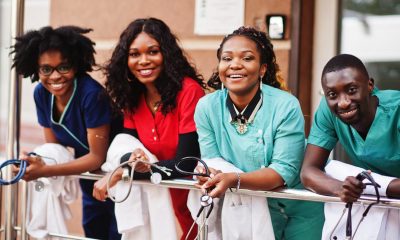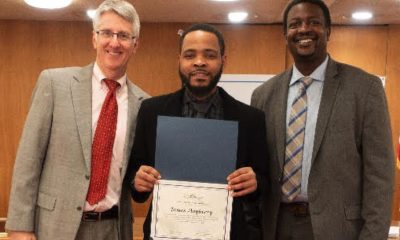Health
Our Approach to Heart Failure is Failing Patients
HUDSON VALLEY PRESS — We can achieve far greater success by embracing new technology that can better monitor and treat heart failure.
By Philip B. Adamson
Heart failure is becoming more and more common. Nearly 6 million Americans are suffering from it today. That figure will grow to more than 8 million by 2030.

[/media-credit] Heart failure is becoming more and more common. Nearly 6 million Americans are suffering from it today. That figure will grow to more than 8 million by 2030. Photo: Wikimedia Commons
The condition exerts an enormous toll on patients, their families, and the economy.
Fortunately, medical research has yielded new technology that can help people with heart failure live healthier, fuller lives – and reduce overall healthcare costs. It’s time to fully deploy that technology.
Heart failure occurs when a person’s heart struggles to pump blood. This deprives the body of oxygen and nutrients, which can make performing even basic daily activities – like walking or climbing the stairs – difficult.
Heart failure hospitalizes more than 1 million Americans annually. About half are back in the hospital within six months of diagnosis; the average stay lasts five days. That’s a huge burden for patients – and for caregivers, who may not live nearby and thus may have to miss work. In total, the condition costs the U.S. more than $30 billion every year.
The standard treatment regimen for heart failure – take medication, reduce salt intake, and stay active – has been in place for years. But it has never been truly effective, largely because it’s complicated and difficult for patients to follow.
Consider medication. Some drugs do help patients. But three-quarters of patients don’t consistently take their medications as instructed. More than one in four never fill a new prescription. And doctors sometimes don’t prescribe all the medication that’s recommended.
Advising patients to eat less sodium is ineffective, too. Do you know how much sodium you consume? Neither do patients. Ninety-seven percent of Americans underestimate – or don’t feel confident estimating – the amount of sodium they eat each day.
As for exercise, many patients don’t have the time, resources, or social support to get in recommended workouts.
In other words, the status quo for treatment of heart failure isn’t working. But medical researchers are changing that by developing technologies that can help physicians more effectively monitor and treat heart failure – and improve patients’ quality of life.
Consider one device that measures the heart activity of cardiac patients during rehabilitation training. The smartphone-sized unit helps ensure that workouts are at a safe intensity level and duration. Clinicians can immediately determine if a patient’s heart rate is becoming too fast or irregular. The device is demonstrated to improve the health and recovery of heart failure patients.
Researchers at Harvard University are toying with a wearable device that can monitor ankle swelling – a common symptom of worsening heart failure. That could help ensure patients seek medical attention before a major problem occurs.
Or consider an innovation I helped develop at Abbott. The CardioMEMS HF system enables doctors to proactively monitor patients’ pulmonary artery pressure and heart rate remotely. So clinicians can detect worsening heart failure before a patient even feels symptoms and adjust medications accordingly. That helps keep patients out of the hospital.
Indeed, research published in the Journal of the American College of Cardiology in 2017 showed that hospitalizations for heart failure declined 46 percent in patients six months after receiving the device. Based on Medicare claims data, average healthcare costs per patient were $10,500 lower than in the six months before the implant.
Traditional treatment for heart failure is, itself, failing. We can achieve far greater success by embracing new technology that can better monitor and treat heart failure.
Philip B. Adamson, M.D., is a cardiologist, heart failure specialist and medical director at Abbott (www.abbott.com).
Community
Calif. Dept. of Public Health: Got Milk Allergies? Don’t Eat Dave’s Bakery Cornbread
The California Department of Public Health (CDPH) issued a warning on Jan. 26, instructing consumers with milk allergies or “severe sensitivity to milk” in the state to not eat Dave’s Bakery Corn Bread due to “risk of illness.” The CDPH warns that consumption of the corn bread manufactured by a Gardena-based company — with expiration dates up to June 18, 2024 — may lead to “life threatening” reactions.

By California Black Media
The California Department of Public Health (CDPH) issued a warning on Jan. 26, instructing consumers with milk allergies or “severe sensitivity to milk” in the state to not eat Dave’s Bakery Corn Bread due to “risk of illness.”
The CDPH warns that consumption of the corn bread manufactured by a Gardena-based company — with expiration dates up to June 18, 2024 — may lead to “life threatening” reactions.
“This warning applies only to the Corn Bread produced by Bake R Us, DBA Dave’s Baking Company and distributed to schools, retail facilities and in vending machines primarily in southern California,” the DCPH statement reads.
“This product should not be confused with other similarly named companies with national distribution,” it continues.
According to the CDPH, although the corn bread product contains whey, which is a milk allergen, there is no allergy warning label on the packaging, though it is required by state law.
So far, authorities say, no illnesses have been reported in the state, but if anyone finds the products on sale anywhere in the state, they should call the CDPH complaint hotline at (800) 495-3232 or file a report online at CDPH.ca.gov
The CDPH is also recommending that people who have eaten the product and are experiencing any reaction or ill effects should consult their health care provider.
Bay Area
East Bay Regional Park District Issues Rattlesnake Advisory
The East Bay Regional Park District released an advisory today on rattlesnakes, which emerge from winter hibernation in early spring and become more active. Warm weather can bring more potential for rattlesnake encounters with humans and dogs, particularly along trails and roads.

The Richmond Standard
The East Bay Regional Park District released an advisory today on rattlesnakes, which emerge from winter hibernation in early spring and become more active.
Warm weather can bring more potential for rattlesnake encounters with humans and dogs, particularly along trails and roads.
Visitors are encouraged to avoid hiking alone in case of an emergency, to scan the ground ahead as they walk, jog or ride, stay on trails avoiding tall grass, and to look carefully around and under logs and rocks before sitting down. Keep your dog on your leash to be extra safe, park officials said.
If you encounter a rattlesnake, leave it alone – it is unlawful to capture or harm one. Move carefully and slowly away or around it and give it plenty of space, park officials said.
Those who are bitten by a rattlesnake are instructed to stay calm by lying down with the affected limb lower than the heart, then having someone call 911.
Getting medical attention is critical.
Those bitten should not use tourniquets, “sucking,” or snake bite kits. If you are by yourself, walk calmly to the nearest source of help to dial 911, do not run.
If bitten by any other type of snake, wash the wound with soap and water or an antiseptic and seek medical attention.
Not sure what bit you? Check the bite for two puncture marks (in rare cases one) associated with intense, burning pain, which is typical of a rattlesnake bite. Other snakebites can leave marks without associated burning pain.
The Northern Pacific rattlesnake is the species found in East Bay Regional Parks. Snakes are important to the natural environment, helping to control rodents and other reptile populations. But enjoy them from afar.
For more information, download the Park District’s Common Snakes brochure or watch our Gopher Snake or Rattlesnake video to learn how to tell the difference between rattlesnakes and gopher snakes. Additional information is available at ebparks.org/safety/wildlife-encounters.
Alameda County
A Safe Place, Bay Area Domestic Violence Community Organization, Opens New Service Center in Oakland
Oakland-Bay Area non-profit, A Safe Place, announces the grand opening of its newly purchased building in Oakland that will be a service center for families that have suffered from domestic violence. The new, two-story building has over six new service rooms for counseling, mental health support groups, legal services, children’s treatment, safe space for community engagement, and partnership activities.

By Courtney Slocum Riley
Special to The Post
Oakland-Bay Area non-profit, A Safe Place, announces the grand opening of its newly purchased building in Oakland that will be a service center for families that have suffered from domestic violence.
The new, two-story building has over six new service rooms for counseling, mental health support groups, legal services, children’s treatment, safe space for community engagement, and partnership activities.
Domestic violence occurrences and offenses account for a considerable amount of all violent crimes in Alameda County. A Safe Place is attempting to provide a safe place for families to heal. A Safe Place is the only comprehensive domestic violence assistance program including a safehouse, in Oakland.
The grand opening celebration will also serve as a fundraiser to build out healing, therapeutic spaces for children and adult victims and survivors and survivors of domestic violence (male and female).
The new service center will expand the work of the organization, founded in 1976 when a group of women working in San Francisco came together to address the urgent need for a shelter in the East Bay. A year later, they founded A Safe Place (ASP) in Oakland. Run solely by volunteers, they set up a crisis line to offer crisis counseling and information to battered women and their children.
The organization serves over 500 adults and children annually through a host of services including crisis counseling via 24-hour crisis line, emergency motel and safehouse sheltering, mental health services (counseling and support groups).
Under the leadership of Executive Director, Carolyn Russell, the organization has grown from a single program into the comprehensive domestic violence and assistance program. ASP strives to meet the growing and diverse needs of our growing community.
The organization hopes to complete all the upgrades and therapeutic room improvements by August 2024. The public is invited to donate to the effort by using the website at www.asafeplace.org/donate. The organization also accepts in-kind gifts as well as items from the organization’s Amazon Wishlist.
-

 Community3 weeks ago
Community3 weeks agoFinancial Assistance Bill for Descendants of Enslaved Persons to Help Them Purchase, Own, or Maintain a Home
-

 Activism4 weeks ago
Activism4 weeks agoOakland Post: Week of April 3 – 6, 2024
-

 Business3 weeks ago
Business3 weeks agoV.P. Kamala Harris: Americans With Criminal Records Will Soon Be Eligible for SBA Loans
-

 Activism3 weeks ago
Activism3 weeks agoOakland Post: Week of April 10 – 16, 2024
-

 Community3 weeks ago
Community3 weeks agoAG Bonta Says Oakland School Leaders Should Comply with State Laws to Avoid ‘Disparate Harm’ When Closing or Merging Schools
-

 Community2 weeks ago
Community2 weeks agoOakland WNBA Player to be Inducted Into Hall of Fame
-

 Community2 weeks ago
Community2 weeks agoRichmond Nonprofit Helps Ex-Felons Get Back on Their Feet
-

 Community2 weeks ago
Community2 weeks agoRPAL to Rename Technology Center for Retired Police Captain Arthur Lee Johnson























































